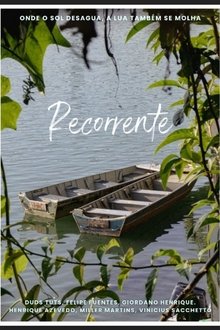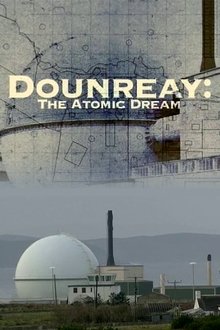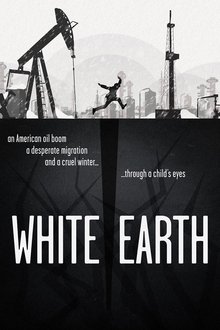Two veteran journalists uncover the oil and gas industries' role in what could be one of the greatest environmental catastrophes in modern times, an ecological tragedy that threatens to eradicate much of southern Louisiana, including its revered fishing trade and age-old way of life.
Related Movies

Koyaanisqatsi (1983)
Takes us to locations all around the US and shows us the heavy toll that modern technology is having on humans and the earth. The visual tone poem contains neither dialogue nor a vocalized narration: its tone is set by the juxtaposition of images and the exceptional music by Philip Glass.

Apocalypse, Man (2014)
Most people were first exposed to Michael C. Ruppert through the 2009 documentary, Collapse, directed by Chris Smith. Apocalypse, Man is an intimate portrait of a man convinced of the imminent collapse of the world, but with answers to how the human spirit can survive the impending apocalypse.

Picturesque Gaspé (1957)
Visit of Gaspésie and stops in a few places: Grande-Rivière, Chandler, Port-Daniel, Maria, Carleton, the Matapédia valley, Matane, Saint-Joachim-de-Tourelle, Cap Gros-Morne, Rivière-au- Renard, Cap Bon-Ami, etc. The film also underlines the commercial and industrial aspect of the region.
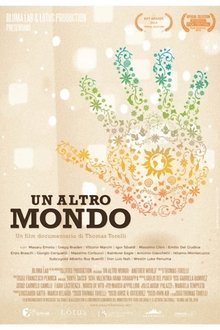
Another World (2014)
A feature documentary about the journey of mankind to discover our true force and who we truly are. It is a quest through science and consciousness, individual and planetary, exploring our relationships with ourselves, the world around us and the universe as a whole.

2017, The Disaster Diaries (2018)
The year 2017 was marked by several major Atlantic hurricanes (including Harvey, Irma and Maria), flooding in South America and a serious earthquake in Mexico. In Europe, deadly forest fires struck Portugal. Madagascar was flattened by a Category 4 typhoon that wiped out the country’s infrastructure. The financial costs are unprecedented with billions of dollars of damage. Thanks to spectacular footage filmed at the heart of the action, this film shows a selection of the most notable natural disasters to strike this year. Expert analysis and photo-realistic animation allow the audience to understand the forces at work behind these catastrophes.
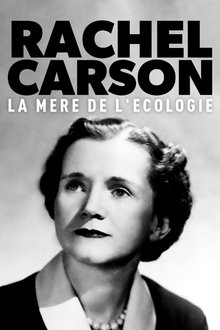
Rachel Carson, la mère de l'écologie (2022)
In 1962, Rachel Carson's book Silent Spring opened America's eyes to the dangers of pesticides and man's place in nature. This episode of the "Before/After" series dives into the genesis of a poetic and powerful text, which inspired modern environmentalist thought.
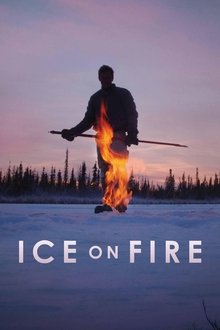
Ice on Fire (2019)
An eye-opening documentary that asks the question: Are we going to let climate change destroy civilization, or will we act on technologies that can reverse it? Featuring never-before-seen solutions on the many ways we can reduce carbon in the atmosphere thus paving the way for temperatures to go down, saving civilization.
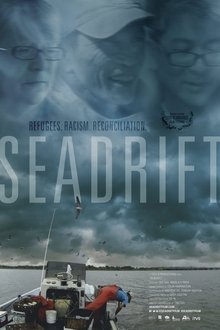
Seadrift (2019)
On August 3rd, 1979, a Vietnamese refugee shoots and kills a white crab fisherman at the town docks in Seadrift, TX. What began as a fishing dispute erupts in violence and ignites a resurgence of the KKK and open hostilities against the Vietnamese along the Gulf Coast. Set during the early days of Vietnamese refugee arrival, “Seadrift” examines the circumstances that led up to the shooting, its tumultuous aftermath, and the unexpected consequences that continue to reverberate today.
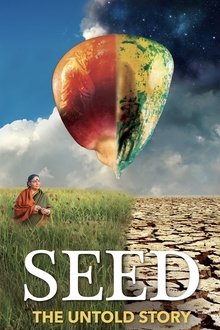
SEED: The Untold Story (2016)
A film about the importance of heirloom seeds to the agriculture of the world, focusing on seed keepers and activists from around the world.

We the Guinea Pigs (2021)
As the use of plastic has gained ground in our lives over the years, there has been an inexplicable increase in a number of diseases and disorders amongst the population. In this film as part of the Why Plastic? series, we meet leading researchers looking into the reasons for these disorders. We also follow case studies of people suffering from various health conditions thought to be caused by exposure to certain every day materials including plastic. Are these people the victims of unfortunate coincidences - or is there an explanation?

Fish: Farming in Troubled Waters (2014)
Fish are an important part of the ecosystem and the human diet. Unfortunately, overfishing has depleted many fish stocks, and the proposed solution — fish farming — is creating far more problems than it solves. Not only are fish farms polluting the aquatic environment and spreading disease to wild fish, farmed fish are also an inferior food source, in part by providing fewer healthy nutrients; and in part by containing more toxins, which readily accumulate in fat. Farmed Salmon = Most Toxic Food in the World Salmon is perhaps the most prominent example of how fish farming has led us astray. Food testing reveals farmed salmon is one of the most toxic foods in the world, having more in common with junk food than health food.1 Studies highlighting the seriousness of the problem
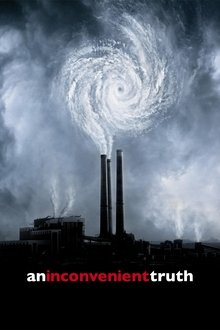
An Inconvenient Truth (2006)
A documentary on Al Gore's campaign to make the issue of global warming a recognized problem worldwide.

Tar Creek (2009)
Tar Creek is an environmentally devastated area in northeastern Oklahoma with acidic creeks, stratospheric lead poisoning and enormous sinkholes. Nearly 30 years after being designated as a Superfund cleanup program, residents are still struggling.

Eating Up Easter (2019)
The Rapanui community on Easter Island fights to prevent an environmental collapse due to overwhelming tourism and industrial progress, and and to preserve their cultural traditions.
